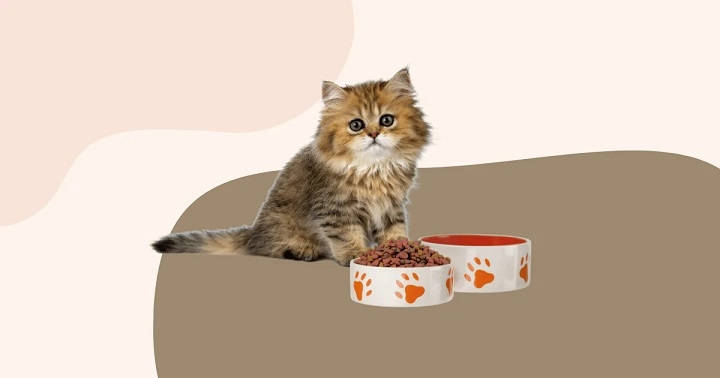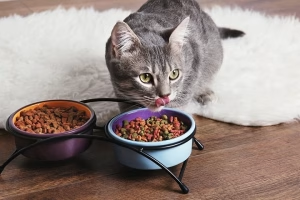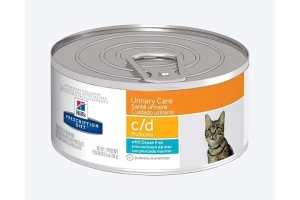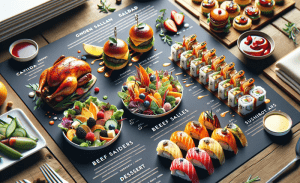Some cats love the satisfying crunch of kibble, while others prefer the juicy tenderness of wet food. But what if your feline wants something in between? Soft dry cat food offers the best of both worlds—a texture that’s easier to chew than traditional kibble but still convenient, shelf-stable, and packed with nutrients. It’s especially ideal for picky eaters, senior cats with dental concerns, or cats transitioning from wet to dry food.
What Is Soft Dry Cat Food?
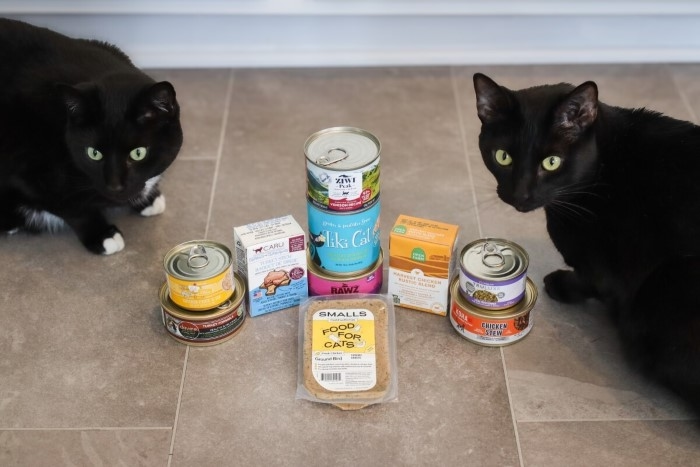
Soft dry cat food is a type of kibble that has a tender, chewy texture rather than the hard, crunchy consistency of traditional dry cat food. Some brands offer a semi-moist texture throughout, while others feature dual-texture bites with a soft center and a slightly crunchy outside.
It combines the convenience of dry food with the palatability and moisture content that makes wet food appealing—making it a great solution for a variety of dietary needs and preferences.
Who Can Benefit from Soft Dry Cat Food?
While any cat might enjoy soft dry food, it’s particularly beneficial for:
Senior Cats
As cats age, dental problems or tooth loss can make chewing hard kibble difficult or even painful. Soft dry food allows older cats to eat comfortably while still enjoying a complete and balanced diet.
Cats with Dental Issues
Cats with gum disease, recent dental surgeries, or sensitive teeth may refuse crunchy kibble. Soft dry food gives them a gentler alternative that’s easier on their mouth.
Picky Eaters
Some cats simply turn up their noses at dry food. The added moisture, aroma, and softer bite of soft dry formulas often make them more appealing to fussy felines.
Cats Transitioning from Wet to Dry Food
If you’re switching your cat from wet to dry food, soft dry food can serve as a bridge—offering a familiar texture with the long-lasting convenience of kibble.
Key Features of Soft Dry Cat Food
Tender Texture
Soft dry food is designed to be chewed easily, with a meaty or chewy feel that cats find enjoyable. Some versions even mimic the texture of shredded meat or soft pâté.
Palatability
Because of its texture and moisture content, soft dry cat food is often more aromatic and flavorful than standard kibble, making it a good choice for picky eaters.
Long Shelf Life
Unlike wet food, soft dry cat food doesn’t require refrigeration and can be stored just like traditional kibble—perfect for pet parents who value convenience.
Complete and Balanced
Many soft dry cat foods are formulated to meet AAFCO standards, providing all the essential nutrients your cat needs to stay healthy and active.
Popular Soft Dry Cat Food Brands
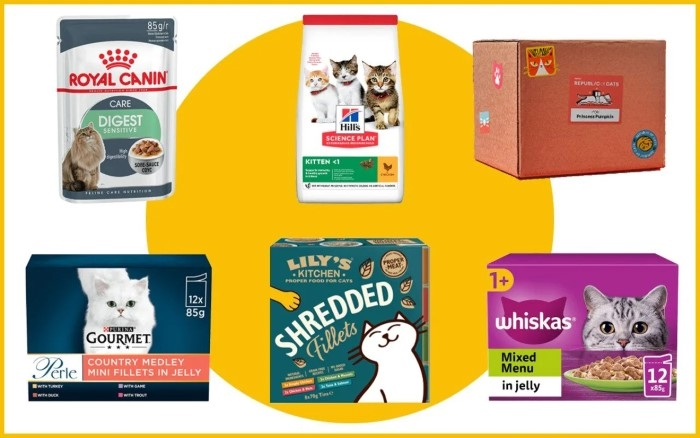
While not as common as standard kibble or canned food, several reputable brands offer high-quality soft dry cat food options:
Purina ONE Tender Selects Blend
This formula combines crunchy kibble with tender, meaty morsels, offering texture variety and complete nutrition. Available in flavors like chicken or salmon.
Meow Mix Tender Centers
These dual-texture pieces have a crunchy outside and soft, meaty center. Flavors include tuna & whitefish, chicken & salmon, and more.
Rachael Ray Nutrish Longevity
This line includes tender kibble with real meat and brown rice, ideal for adult and senior cats needing a softer meal.
Hill’s Science Diet Tender Dinners (Wet/Dry Mix)
While more of a blend, some formulas offer moist chunks mixed with kibble for an appealing, easy-to-chew experience.
Things to Look for When Choosing Soft Dry Cat Food
When shopping for soft dry cat food, keep the following factors in mind:
High-Quality Protein Sources
Look for real meat or fish listed as the first ingredient. Avoid formulas where the protein comes mostly from by-products or plant sources.
Low Fillers
Choose grain-free or limited-ingredient recipes if your cat has food sensitivities. Avoid unnecessary fillers like corn, wheat, or soy unless your vet recommends otherwise.
Balanced Nutrition
Ensure the food provides complete and balanced nutrition, including taurine, essential vitamins, minerals, and healthy fats.
Moisture Content
Soft dry foods typically contain more moisture than standard kibble but less than canned food. The moisture content helps support hydration but still allows for storage at room temperature.
No Artificial Additives
Whenever possible, opt for natural recipes without artificial colors, preservatives, or flavor enhancers.
How to Transition to Soft Dry Cat Food
If you’re introducing a new soft dry formula, transition your cat gradually over 7–10 days:
- Days 1–3: Mix 25% new food with 75% old food
- Days 4–6: Mix 50% new and 50% old
- Days 7–9: Mix 75% new with 25% old
- Day 10: Switch to 100% new food
Monitor your cat for any digestive changes or behavioral shifts during this time.
Pros and Cons of Soft Dry Cat Food
Pros:
- Easier to chew for cats with dental issues
- More appealing to picky eaters
- Convenient storage and serving
- Often more aromatic and flavorful
- May contain higher moisture than traditional dry food
Cons:
- Fewer product options on the market
- Some versions may contain more sugar or preservatives
- Shorter shelf life once opened (compared to traditional dry kibble)
- Typically higher in cost than standard dry food
Soft dry cat food is an excellent choice for cats who need a gentler texture without sacrificing flavor or nutrition. Whether you’re caring for a senior cat, managing dental health, or just spoiling your picky eater with something extra tasty, soft dry food provides a happy middle ground between wet and dry feeding options. Just be sure to choose high-quality, balanced formulas—and your feline friend will thank you at every mealtime.

